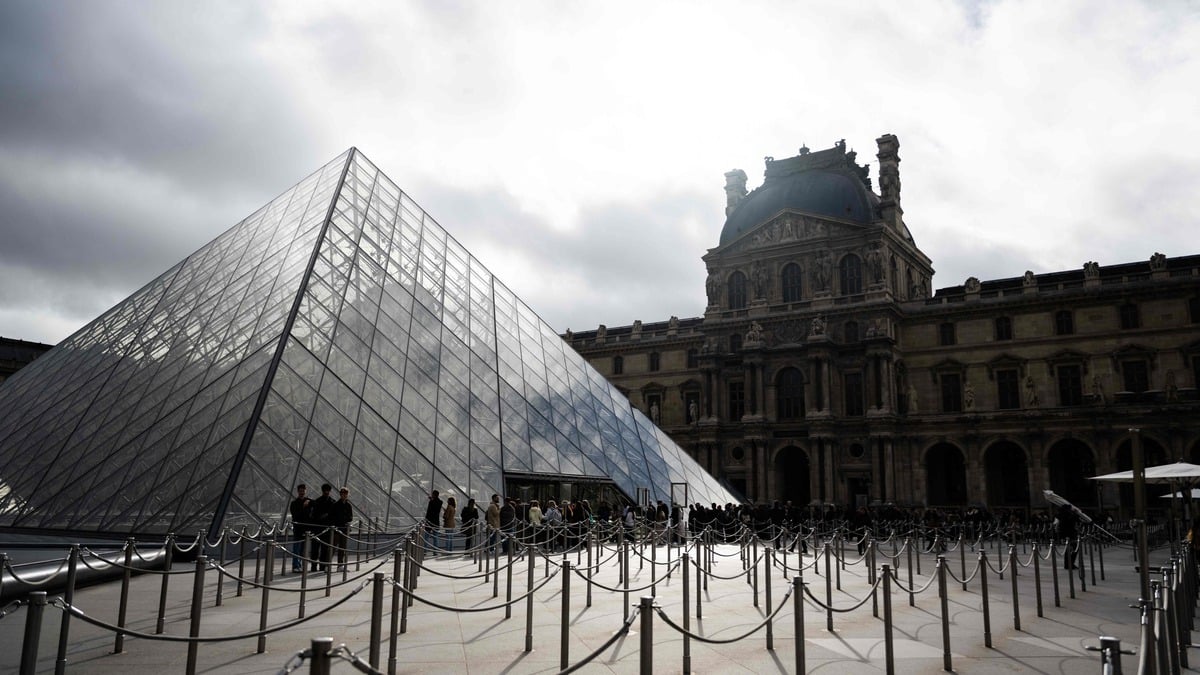On 3 October, Crown Prince Guillaume officially became Grand Duke Guillaume after his father’s abdication, assuming the position of Luxembourg’s head of state after his oath in parliament. He is the fifth monarch to be called Guillaume (the French for William) in the country’s history, but who were the other four?
Guillaume I, the first Grand Duke of Luxembourg
After the Napoleonic Wars, Europe’s borders were redrawn at the Congress of Vienna in 1815. Prince Guillaume of Orange-Nassau was appointed the first King of the Netherlands in 1815 and at the same time the first Grand Duke of Luxembourg.
William I, King of the Netherlands, Grand Duke of Luxembourg (born in 1772, pictured in 1843) © Photo credit: LW-Archiv
In 1839, he signed the First Treaty of London under which Luxembourg lost part of its territory to Belgium but became a sovereign state in personal union with the Netherlands, with the Dutch king thus maintaining his position in the Grand Duchy. In 1840, Guillaume I abdicated in favour of his son, Guillaume II.
How Luxembourg became a grand duchy
Guillaume II: a new constitution for Luxembourg
Guillaume II ruled the Netherlands as king and Luxembourg as grand duke from 1840 to 1849. The mid-1840s were characterised by famine caused by the potato blight.
“There was a great wave of emigration in Luxembourg. In addition, industrialisation had begun. There was exploitation and child labour. This was an explosive mixture that also led to revolutionary movements in Luxembourg,” Guy Thewes, director of the 2 Musées de la Ville de Luxembourg, previously told the Luxemburger Wort.
-
Under the influence of the turmoil of the revolutionary year 1848, Grand Duke Guillaume II Luxembourg approved a constitution that granted the country political freedoms © Photo credit: LW-Archiv
-
Grand Duke Guillaume II is regarded as a pioneer of Luxembourg’s autonomy © Photo credit: LW-Archiv
The revolutionary fever of 1848, which spread from Paris and Berlin, also gripped Luxembourg. Grand Duke Guillaume II was forced to grant Luxembourgers a new constitution and introduce freedom of the press. Just three days later, the country’s first daily newspaper, the Luxemburger Wort, was published.
Place Guillaume II in Luxembourg City, also known as Knuedler, is named after Guillaume II, who is depicted in the equestrian statue in the square.
The same statue stands in The Hague. It was moved from the Buitenhof during renovation works at the site in 2023 and moved to the gardens of Kneuterdijk Palace this year.
Guillaume III: Luxembourg’s neutrality is guaranteed
Guillaume III was the last Grand Duke of Luxembourg (1849 to 1890), who was also King of the Netherlands. As he left no male descendants after his death in 1890, a new grand duke from a different line had to be found as female succession was not allowed at the time.
Adolphe of Nassau, who came from the Nassau line from Weilburg in Hesse, was appointed the new grand duke.
-
William III died without male descendants. The title of Grand Duke therefore passed to another line of the House of Nassau. © Photo credit: Getty Images
-
In 1867, the Prussian garrison withdrew from Luxembourg. The Grand Duchy received an international guarantee of neutrality © Photo credit: 2 Musées de la Ville de Luxembourg
During Guillaume III’s reign, Luxembourg was once again at the centre of European power politics in 1867. After Otto von Bismarck, the chancellor of Prussia, had laid the foundations for the forcible unification of Germany by defeating Austria in 1866, the French Emperor Napoleon III wanted to be compensated – partly for his neutrality and partly because he saw the balance of power in danger. He wanted to buy the Grand Duchy. The Dutch king was willing to sell.
“There was no great interest for Luxembourg in the Netherlands because it was not an economic factor and only caused problems,” said Thewes. However, it did not come to that as the Second Treaty of London meant that the fortresses were razed and Luxembourg received a guarantee of neutrality.
Guillaume IV: Abolition of the Salic law
Guillaume IV succeeded his father Adolphe of Nassau after the latter’s death and reigned as Grand Duke from 17 November 1905 to February 1912. He married Maria Ana de Bragança, the daughter of the Portuguese King Miguel I. Between 1908 and 1912, she took over the official duties of her ailing husband.
The couple had six daughters: Marie-Adélaïde, Charlotte, Hilda, Antonia, Elisabeth and Sophie. The Salic law, which stipulated that only a male successor could succeed to the throne, was abolished in 1907.
Marie-Adélaïde was Grand Duchess from 1912 to 1919 and her sister Charlotte from 1919 to 1964.
-
The reign of Adolphe’s son Guillaume IV ended in February 1912 after just over six years © Photo credit: LW-Archiv
-
The six daughters of Grand Duke Guillaume and Grand Duchess Maria Anna: Marie-Adélaïde, Charlotte, Hilda, Antonia, Elisabeth and Sophie. The photograph was taken at Hohenberg Castle in Bavaria © Photo credit: LW-Archiv
Guillaume V: a new era begins
Guillaume V became the tenth Grand Duke of Luxembourg on 3 October. He succeeds his father Henri, who abdicated after a 25-year reign. Guillaume has been married to Grand Duchess Stéphanie since 2012. The couple have two sons, Charles, aged five, and François, aged two. Prince Charles is currently the youngest heir presumptive in the world.
Why does the Grand Duke not wear a crown?
(This article was first published in the Luxemburger Wort. Translated using AI, edited by Cordula Schnuer.)





